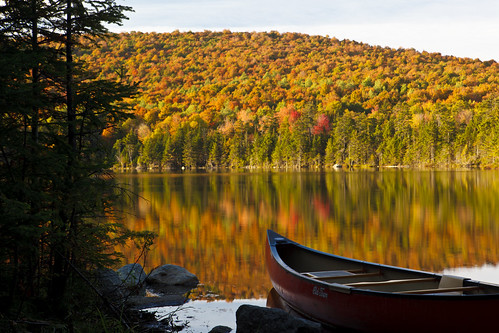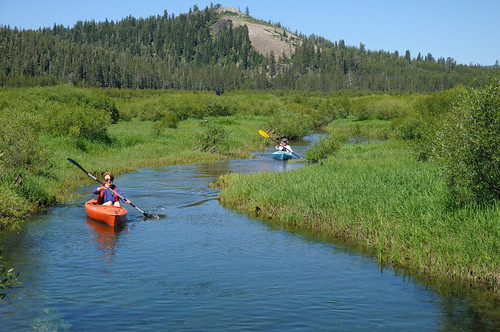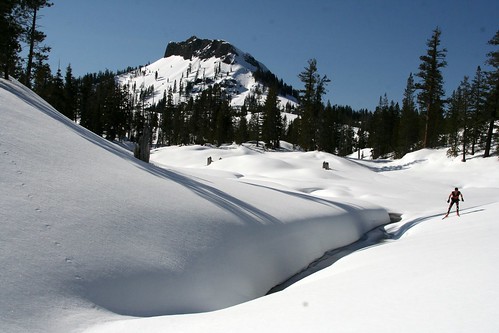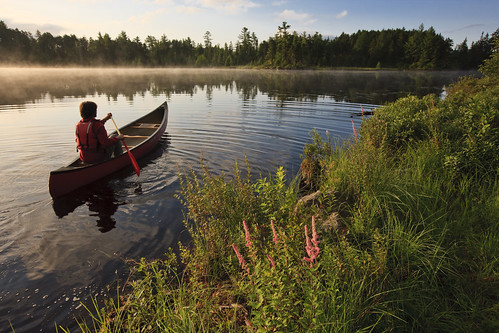
The Forest Service’s Land and Water Conservation Fund investment in national forests and grasslands has ripple effects that extend far beyond the Forest Service and the land that is protected.
The Land and Water Conservation Fund, created by Congress in 1964, provides resources to federal, state and local governments for the conservation of important lands, waters and historical sites. Using no taxpayer dollars the Fund uses earnings from offshore oil and gas leasing to help preserve our history, protect our lands and strengthen our economy. Nationwide, over 7 million acres have been protected.

Land and Water Fund investments are remarkably able to leverage other types of conservation investments in a way that allows more comprehensive and expansive outcomes to be achieved. The result is more miles of streams accessible to fisherman and boaters; more trails open to hikers and hunters; and millions more acres are healthy and providing clean water, clean air and open space to local communities.
Together, this means that protected forests and grasslands will continue to support local economies, generate jobs and foster tourism related activities that exist because of the scenic vistas, wildlife amenities, and ample outdoor recreation opportunities provided by national forests. These investments strengthen each community’s economic base and are supported by the business sector, including recreation business owners, and forest products and agriculture industries which rely on intact landscapes to provide economic opportunity.

A just released report highlights six unique communities across the country and showcases how Land and Water Conservation investments assist locally-initiated priorities. Conducted in cooperation with the Trust for Public Land, this report details specific benefits of the Fund:
- Enriching Recreation-Based Business: In South Dakota, acquisition of the 2,400-acre Lady C Ranch connected two expansive sections of the Black Hills National Forest, providing more accessible public hunting grounds and recreational opportunities including hiking, camping and sightseeing.
- Improving Management and Reducing the Cost of Government Services: In California’s Sierra Nevada, a 31,000-acre collaborative project consolidated fragmented lands which stabilized the landscape and reduced the cost of government services by protecting areas from scattered development.
- Supporting Local Timber Economies: Investments to protect New Hampshire’s working forests are critical to the state’s forest product industry.
- Improving Water Quality: In Georgia’s Chattahoochee and Oconee National Forests relatively modest Land and Water Conservation Fund investments have provided access to dozens of miles of prime trout habitat directly supporting Georgia’s annual $1.5 billion fishing economy.
- Attracting Business in Washington & Oregon: Outdoor recreation opportunities attract visitors and residents to Washington and Oregon. Between 1998 and 2011, nearly 20,000 acres of prime recreational lands were protected in Washington and Oregon through the Land and Water Conservation Fund.

A man canoeing on Little Bear Brook Pond. Coos County, NH. Photo: Jerry and Marcy Monkman/EcoPhotography.com. Used with permission.
